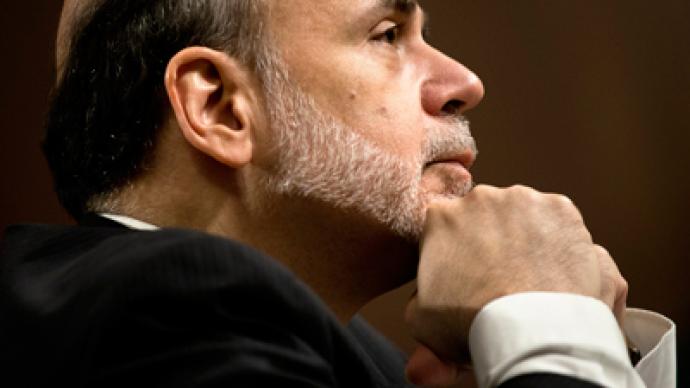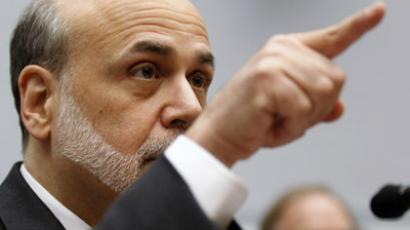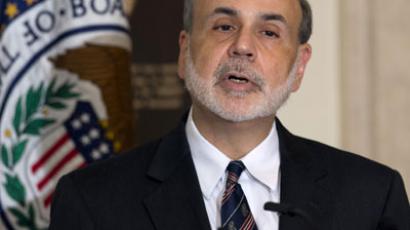Federal Reserve announces QE3

The Federal Reserve announced Thursday that they will spend $40 billion a month on bond purchases in an effort to kick-start the US economy, the Associated Press reports.
Federal Reserve Chairman Ben Bernanke is expected to make a public address later today to discuss the results of this week’s Federal Open Market Committee (FOMC) meeting, but in the FOMC confirms that it will keep interest rates "exceptionally low" at least through mid-2015, AP confirms, with the Fed failing to reveal and an end date to the effort at this time."If the outlook for the labor market does not improve substantially, the committee will continue its purchases of agency mortgage-backed securities, undertake additional asset purchases and employ its other policy tools as appropriate until such improvement is achieved in a context of price stability," the Fed reports in a Thursday afternoon statement. The decision to issue the announcement was approved on an 11-1 vote.Economists had predicted that the central bank would unveil plans for a third-round of a quantitative easing, or QE3, but the Fed has only hinted at plans for a bond purchasing program until now.Last week, Goldman Sachs said, “With today’s August employment report showing a nonfarm payroll gain of 96,000 and an unemployment rate of 8.1% because of a drop in the participation rate, we expect a return to unsterilized and probably open-ended asset purchases at the September 12-13 FOMC meeting.”Some critics, including noted investor Jim Rogers, have attested that previous rounds of quantitative easing did little to aid the faltering economy, and that a third attempt may be met with the same respojnse."QE1 failed, QE2 failed, so I'm not so sure they would announce QE3, because they'll look like fools again," Rogers told Yahoo this week. Less than one month ago, Bernanke warned that QE3 was becoming more and more likely, saying, “Taking due account of the uncertainties and limits of its policy tools, the Federal Reserve will provide additional policy accommodation as needed to promote a stronger economic recovery and sustained improvement in labor market conditions in a context of price stability.”














